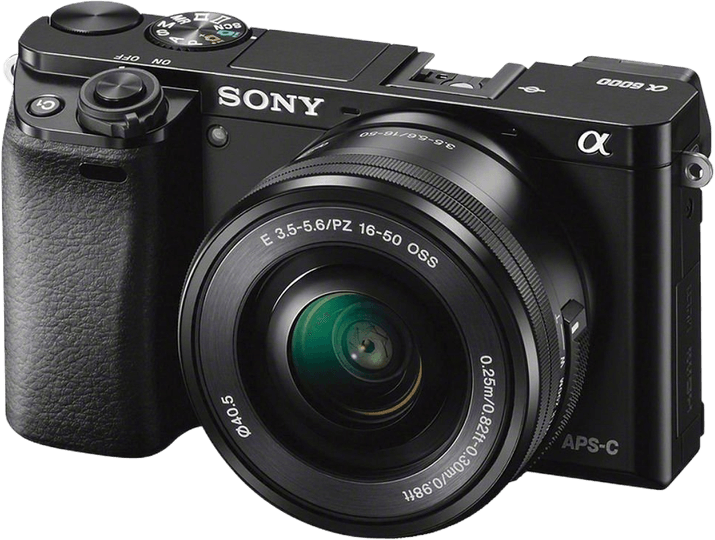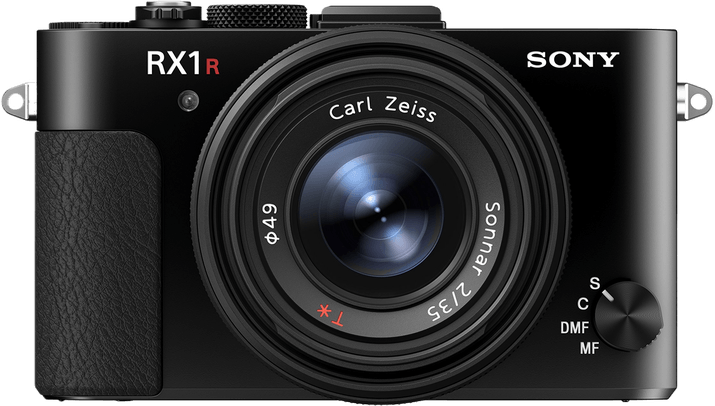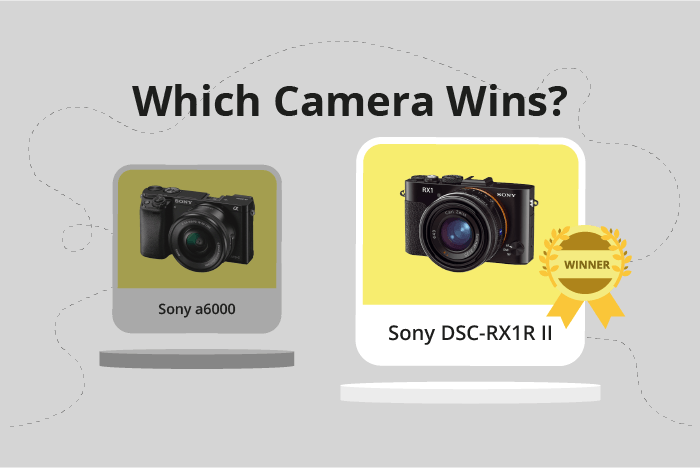Sony a6000 vs Cyber-shot DSC-RX1R II Comparison
Sony a6000

Sony Cyber-shot DSC-RX1R II

The Sony Cyber-shot DSC-RX1R II takes the win with a score of 62/100, while the Sony a6000 trails behind at 57/100. Both cameras share common features such as their announcement and release years, 2014 and 2015 respectively. They also have a similar camera size, with the Sony a6000 measuring 120 x 67 x 45mm, and the Sony Cyber-shot DSC-RX1R II at 113 x 65 x 72mm.
The Sony Cyber-shot DSC-RX1R II outperforms the Sony a6000 with a higher score, despite its higher launch price of $3300 compared to the a6000’s $799. However, the Sony a6000 has an advantage in terms of weight, being lighter at 344g compared to the RX1R II’s 507g.
Considering the specifications, the Sony Cyber-shot DSC-RX1R II proves to be a better camera with a higher score, while the Sony a6000 is a more budget-friendly and lightweight option.
Sony a6000 vs Cyber-shot DSC-RX1R II Overview and Optics
The Sony Cyber-shot DSC-RX1R II outperforms the Sony a6000 in optics, scoring 75/100 compared to the a6000’s 67/100. Both cameras share a CMOS sensor type, the Bionz X processor, and lack image stabilization. However, the RX1R II excels in certain aspects, while the a6000 has its own advantages.
The RX1R II’s superiority is evident in its 42.4-megapixel resolution, which is significantly higher than the a6000’s 24.3 megapixels. This allows the RX1R II to capture more detail and produce higher quality images. Additionally, the RX1R II boasts a full-frame sensor, resulting in better low-light performance and a shallower depth of field. Its DXOMARK sensor score of 97 further emphasizes its exceptional image quality.
On the other hand, the a6000 has a faster shooting speed of 11 frames per second, compared to the RX1R II’s 5 frames per second. This makes the a6000 more suitable for action photography and capturing fast-moving subjects. The a6000 also features a Sony E lens mount, allowing users to interchange lenses and adapt to various shooting scenarios. In contrast, the RX1R II has a fixed lens mount, limiting its versatility.
In terms of optics, the Sony Cyber-shot DSC-RX1R II is the clear winner due to its higher resolution, full-frame sensor, and impressive DXOMARK score. However, the Sony a6000 offers advantages in shooting speed and lens versatility. Ultimately, the choice between these two cameras depends on the user’s photographic needs and preferences.
Sony a6000 vs Cyber-shot DSC-RX1R II Video Performance
When comparing the video capabilities of the Sony a6000 and the Sony Cyber-shot DSC-RX1R II, both cameras have an identical score of 56/100. This illustrates that these two cameras share many similarities in terms of video features.
Both the Sony a6000 and the Sony Cyber-shot DSC-RX1R II have a maximum video resolution of Full HD, with dimensions of 1920 x 1080. Additionally, they both offer a maximum video frame rate of 60 frames per second. Neither camera has time-lapse functionality built in, which is a common feature among other cameras in the market.
Despite their identical scores, the Sony a6000 has some advantages over the Sony Cyber-shot DSC-RX1R II. The a6000 is a more affordable option, making it a better choice for those on a budget who still want to achieve high-quality video results.
On the other hand, the Sony Cyber-shot DSC-RX1R II boasts a full-frame sensor, which allows for better low-light performance and overall image quality. This can be beneficial for videographers who require superior image quality in various lighting conditions.
In comparing these two cameras, it is clear that both the Sony a6000 and the Sony Cyber-shot DSC-RX1R II have solid video capabilities. The a6000 is a more budget-friendly option, while the DSC-RX1R II offers a full-frame sensor for improved low-light performance. Ultimately, the choice between these two cameras will depend on the specific needs and budget of the user.
Sony a6000 vs Cyber-shot DSC-RX1R II Features and Benefits
The Sony Cyber-shot DSC-RX1R II comes out ahead in features with a score of 44/100, while the Sony a6000 trails slightly with a score of 41/100. Both cameras share several features, including a 3-inch screen size, flip screen, lack of GPS, WIFI connectivity, and no Bluetooth.
The Sony Cyber-shot DSC-RX1R II has an advantage in screen resolution, boasting 1,228,800 dots compared to the a6000’s 921,600 dots. This higher resolution provides sharper and more detailed images on the camera’s screen, making it easier to review and edit photos directly on the camera.
The Sony a6000, though lagging in overall feature score, has its merits. It shares many essential features with the RX1R II, such as WIFI connectivity and a flip screen, which are valuable for photographers who need to transfer images quickly or capture shots from various angles. However, it does not surpass the RX1R II in any specific feature.
Considering the similarities and differences between the two cameras, it is clear that the Sony Cyber-shot DSC-RX1R II has a slight edge in terms of features, primarily due to its higher screen resolution. The Sony a6000, while not as feature-rich as the RX1R II, still offers a solid set of features that cater to most photographers’ needs. Ultimately, the choice between these two cameras depends on individual preferences and priorities, with the RX1R II offering a higher quality display and the a6000 providing a more affordable option with similar functionality.
Sony a6000 vs Cyber-shot DSC-RX1R II Storage and Battery
The Sony a6000 wins the storage and battery comparison with a score of 21/100, while the Sony Cyber-shot DSC-RX1R II scores 13/100. Both cameras have one memory card slot and accept SD, SDHC, and SDXC cards, as well as Memory Stick Pro Duo cards.
The a6000 has a longer battery life, providing 360 shots per charge, compared to the RX1R II’s 220 shots. The a6000 uses an NP-FW50 battery, whereas the RX1R II uses an NP-BX1 battery. Neither camera offers USB charging.
The RX1R II does not have any advantages over the a6000 in terms of storage and battery.
The a6000’s superior battery life and identical storage capabilities make it the better choice in this category.
Sony a6000 vs Cyber-shot DSC-RX1R II – Our Verdict
Are you still undecided about which camera is right for you? Have a look at these popular comparisons that feature the Sony a6000 or the Sony Cyber-shot DSC-RX1R II:

